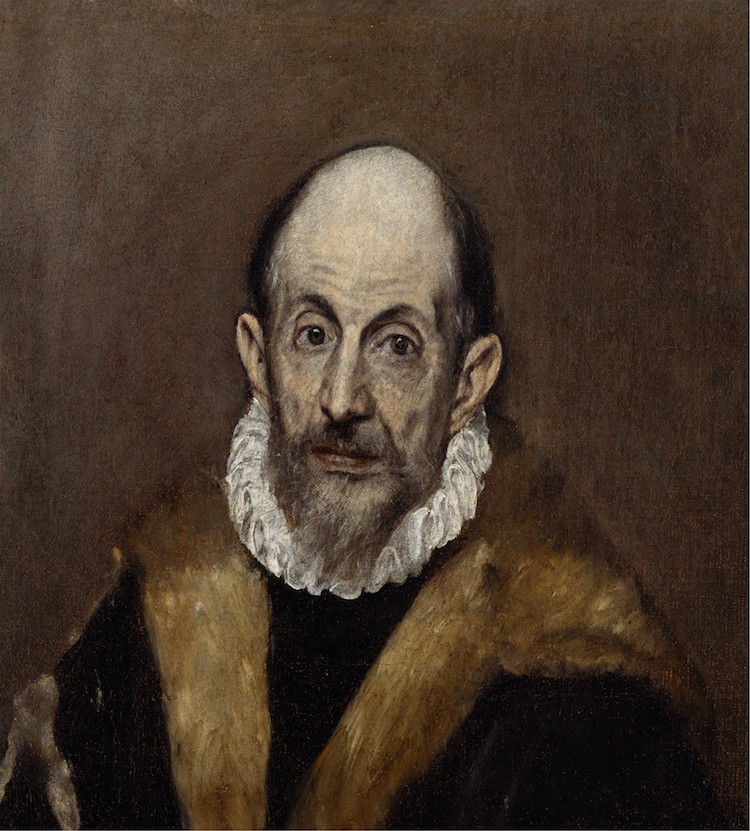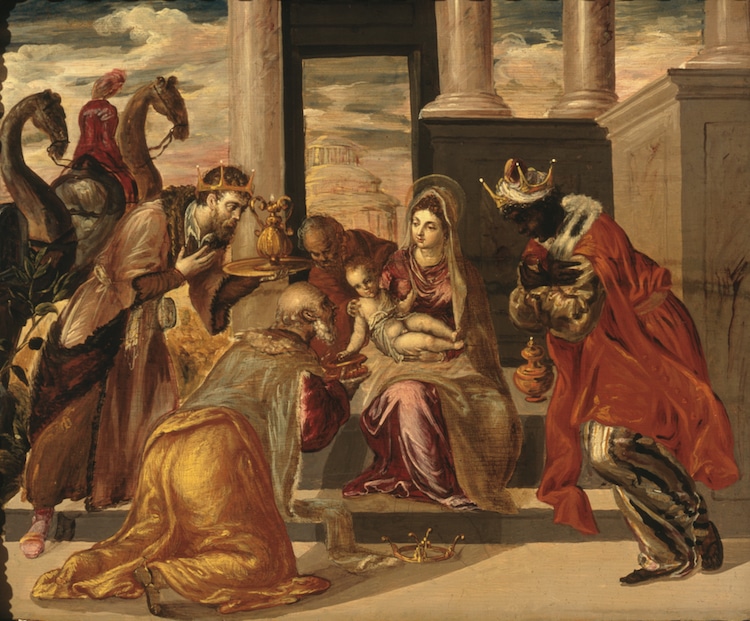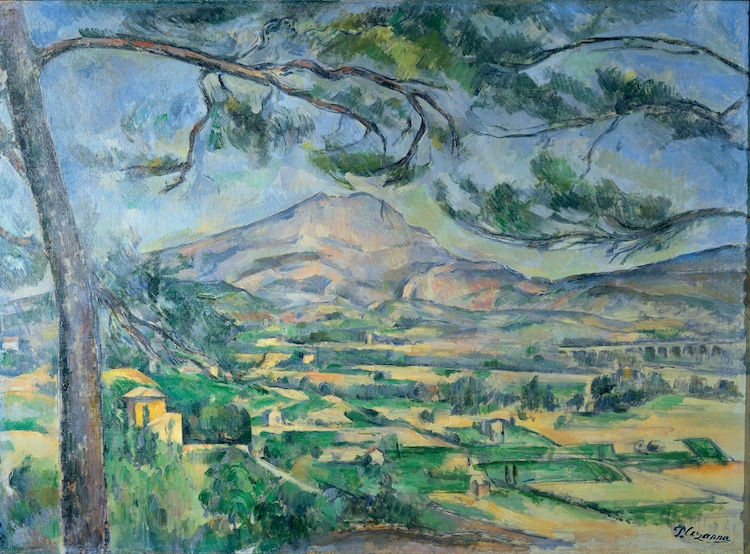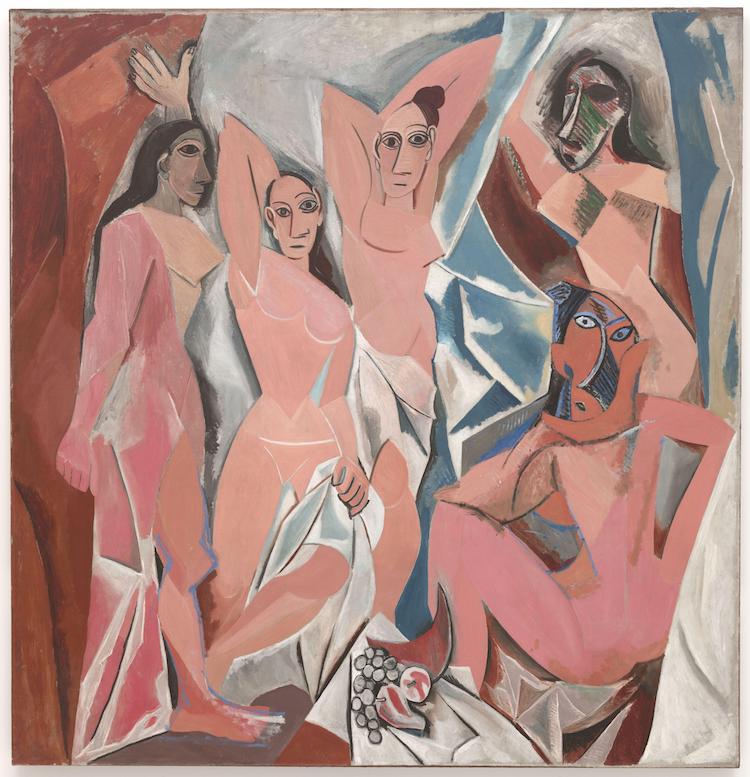El Greco, Portrait of a Man (Presumed Self-Portrait), c. 1595-1600.
Early Life
El Greco, The Dormition of the Virgin, before 1567.
Working in Spain
El Greco, The Assumption of the Virgin, 1577-79.

El Greco, “Portrait of a Man (Presumed Self-Portrait),” c. 1595-1600. (Photo:Metropolitan Museum of ArtviaWikimedia Commons[Public Domain])
Consequently, his expressive, dramatic style stands out from his contemporaries ashighly unique.
For this reason, many historians hesitate to associate him with any one school.
El Greco, View of Toledo, c. 1599-1600.

El Greco, “The Dormition of the Virgin,” before 1567. (Photo:Wikimedia Commons[Public Domain])
El Greco, The Opening of the Fifth Seal, c. 1608-14.
His free, unnatural style laid the foundation forExpressionistart movements, including theBlaue Reiter group.

El Greco, “Adoration of the Magi,” 1568-9. (Photo:Wikimedia Commons[Public Domain])

El Greco, “The Assumption of the Virgin,” 1577-79. (Photo:Art Institute of ChicagoviaWikimedia Commons[Public Domain])

El Greco, “View of Toledo,” c. 1599-1600. (Photo:Metropolitan Museum of ArtviaWikimedia Commons[Public Domain])

Paul Cezanne, “Mont Sainte-Victoire,” c. 1887. (Photo:Wikimedia Commons[Public Domain])

El Greco, “The Opening of the Fifth Seal,” c. 1608-14. (Photo:Metropolitan Museum of ArtviaWikimedia Commons[Public Domain])

Pablo Picasso, “Le Demoiselles d’Avignon,” 1907. (Photo:MoMAviaWikimedia CommonsFair Use)